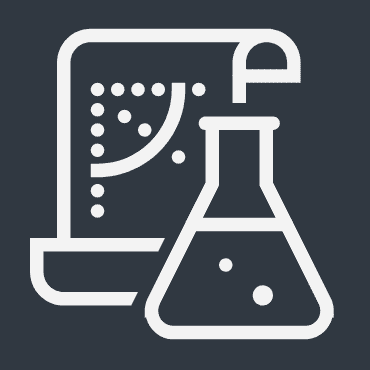Hands-On Machine Learning with Scikit-Learn, Keras, and TensorFlow: Concepts, Tools, and Techniques to Build Intelligent Systems
Best Machine Learning Book, Hands-On Machine Learning with Scikit-Learn, Keras, and TensorFlow. With concrete examples, minimal theory, and two production-ready Python environments, author Aurelien Geron provides an intuitive understanding of concepts and tools for building intelligent systems.
Through a series of recent advances, deep learning has advanced the entire field of machine learning. Now even programmers who know little about this technology can use simple and effective tools to implement programs that can learn from data. This lab book will show you how to do this.
Hands-On Machine Learning with Scikit-Learn, Keras, and TensorFlow
Concepts, Tools, and Techniques to Build Intelligent Systems
2nd Edition
With concrete examples, minimal theory, and two production-ready Python environments (ScikitLearn and Tensor Flow), author Aurelien Geron provides an intuitive understanding of concepts and tools for building intelligent systems. You will learn techniques ranging from simple linear regression to deep neural networks. Programming experience is all you need to get started, with exercises in each chapter to help you apply what you've learned.

This book covers
- Explore the machine learning landscape, particularly neural nets
- Use Scikit-Learn to track an example machine-learning project end-to-end
- Explore several training models, including support vector machines, decision trees, random forests, and ensemble methods
- Use the Tensor Flow library to build and train neural nets
- Dive into neural net architectures, including convolutional nets, recurrent nets, and deep reinforcement learning
- Learn techniques for training and scaling deep neural nets.
Now even programmers who know little about this technology can use simple and effective tools to implement programs that can learn from data. You will learn techniques ranging from simple linear regression to deep neural networks.
